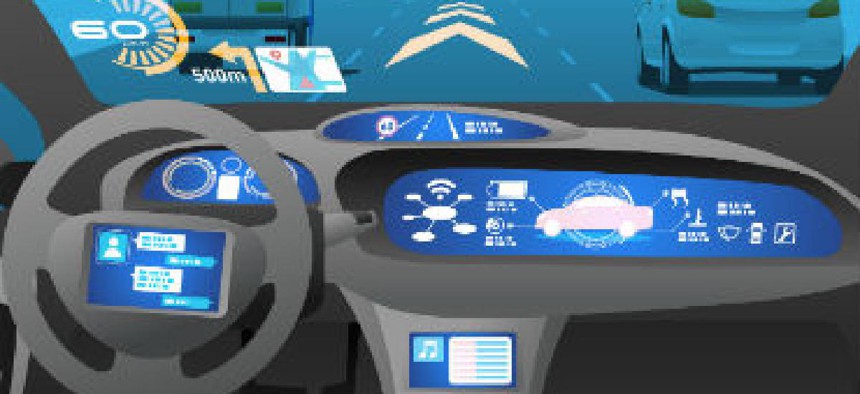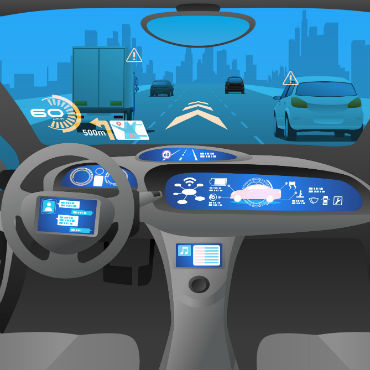New rules of the road for self-driving cars

The Obama administration announced new guidelines for autonomous vehicles, taking the technology "from sci-fi fantasy to an emerging reality with the potential to transform the way we live."

The Transportation Department released the first national guidelines that seek to help emerging autonomous-vehicle technologies move ahead and ensure their safety from the outset.
At a Sept. 20 press event, DOT Secretary Anthony Foxx said that with the guidelines, "we've gone from the horseless carriage to the driverless car."
President Barack Obama heralded the move in a Sept. 19 column in the Pittsburgh Post-Gazette. "In the seven-and-a-half years of my presidency, self-driving cars have gone from sci-fi fantasy to an emerging reality with the potential to transform the way we live," Obama wrote.
The guidance includes a 15-point safety assessment for developing vehicles, a model policy for state regulators to use to develop their rules and the stipulation that the National Highway Traffic Safety Administration will continue to have regulatory authority over autonomous vehicles.
Additionally, there is a forward-looking section on potential new tools, authorities and regulatory structures that could speed safe introduction of the technologies associated with autonomous vehicles.
The guidance makes distinctions between federal and state responsibilities for regulation. This is an important point, Foxx said.
California, for instance, has proposed a state regulation that would mandate special licenses for owners of autonomous cars and require special tests to operate them. Foxx said the new federal regulatory framework could help states decide what paths to take because the guidance differentiates between autonomous-vehicle functions performed by software and those performed by humans, among other things.
NHTSA Administrator Mark Rosekind said California has yet to fully act on the licensing issue, and the guidance would help the state develop rules.
Foxx teed up the policy move at the North American International Auto Show in Detroit in January, where he touted the Obama administration's budget request for $4 billion over 10 years to accelerate development and adoption of self-driving cars.
Some of the regulatory and safety assessment tools in the new guidance could incorporate new ideas in technology, such as cars without steering wheels or brake pedals, if the manufacturer takes the safety of that kind of innovation into account, according to Fox.
Obama wrote that "too many people die on our roads -- 35,200 last year alone -- with 94 percent of those the result of human error or choice. Automated vehicles have the potential to save tens of thousands of lives each year," a point echoed by Rosekind in a statement.
"We are moving forward on the safe deployment of automated technologies because of the enormous promise they hold to address the overwhelming majority of crashes and save lives," Rosekind said.
The guidelines were developed with input from stakeholders and the public in the past year, and they are effective immediately, Foxx said. However, his agency is seeking more feedback with a 60-day public comment period.
In a statement, Vince Jesaitis, vice president of government affairs at the Information Technology Industry Council, called the guidelines a "pivotal point for the future of transportation" and added that they "end the uncertainty and regulatory patchwork which has hung over autonomous vehicles and their development beyond science fiction and into reality."
NEXT STORY: Innovation in government can come from anywhere





